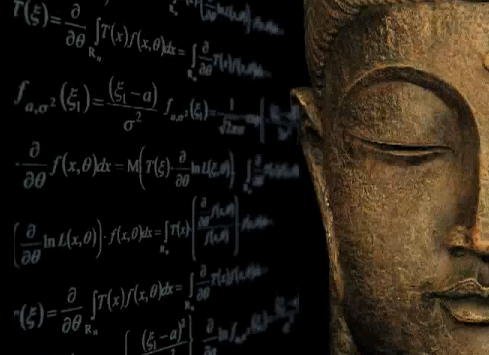Where Science and Buddhism Meet: Emptiness, Interconnectivity and the Nature of Reality
Please rate and favorite if you enjoy!
Thank you for taking the time to watch this! If you enjoy this video and think it would be of some benefit or interest to others please share! My intentions are of a pure and positive nature and with this I hope to share what I believe to be a very meaningful message. I’ve made this to share what I believe to a profound convergence of two way seemingly opposite ways of perceiving and understanding reality. Lots of love!!
– Gerald
Wave–particle duality
In physics and chemistry, wave–particle duality is the concept that all energy (and thus all matter) exhibits both wave-like and particle-like properties. Being a central concept of quantum mechanics, this duality addresses the inadequacy of classical concepts like “particle” and “wave” in fully describing the behavior of quantum-scale objects. Orthodox interpretations of quantum mechanics explain this ostensible paradox as a fundamental property of the Universe, while alternative interpretations explain the duality as an emergent, second-order consequence of various limitations of the observer. This treatment focuses on explaining the behavior from the perspective of the widely used Copenhagen interpretation, in which wave–particle duality is one aspect of the concept of complementarity, that a phenomenon can be viewed in one way or in another, but not both simultaneously.
The idea of duality originated in a debate over the nature of light and matter dating back to the 1600s, when competing theories of light were proposed by Christiaan Huygens and Isaac Newton: light was thought either to consist of waves (Huygens) or of corpuscles/particles (Newton). Through the work of Max Planck, Albert Einstein, Louis de Broglie, Arthur Compton, and many others, current scientific theory holds that all particles also have a wave nature (and vice versa).[1] This phenomenon has been verified not only for elementary particles, but also for compound particles like atoms and even molecules. In fact, according to traditional formulations of non-relativistic quantum mechanics, wave–particle duality applies to all objects, even macroscopic ones; but because of their small wavelengths, the wave properties of macroscopic objects cannot be detected.[


